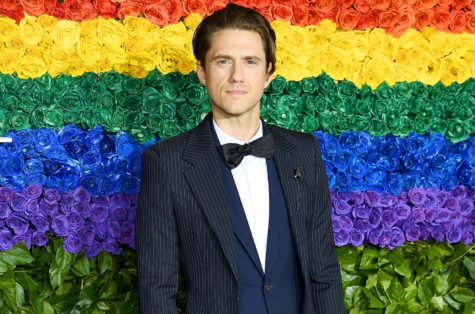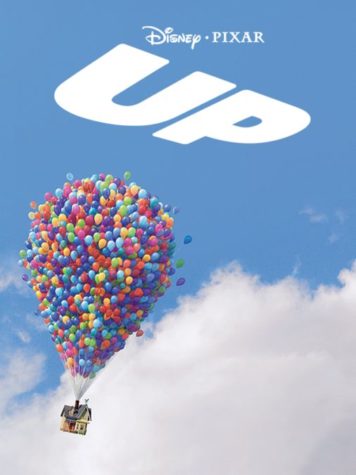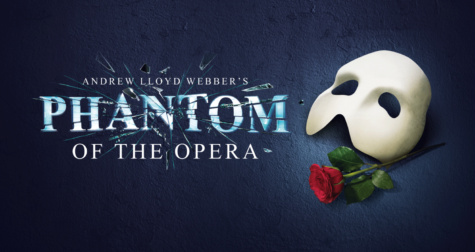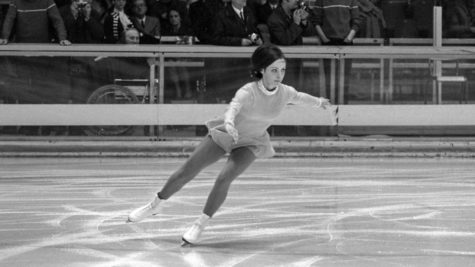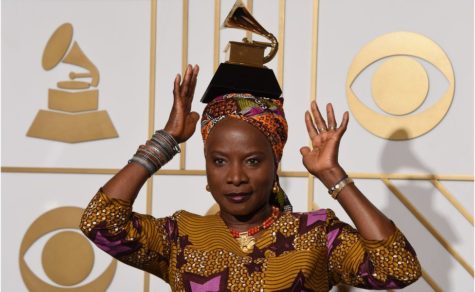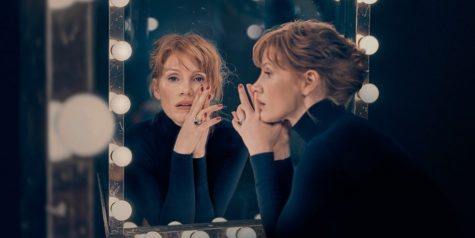Live music is back with Faculty Collage Showcase
September 15, 2021
Live music has finally returned to Mercyhurst with the first concert of the Fall 2021 semester being the Faculty Collage.
Mercyhurst’s D’Angelo Department of Music featured faculty members Dr. Nathan Hess, Dr. Scott Meier, Professor Rebecca Wunch, Professor Bradley Ami-don and Professor Jonathan Nolan in the faculty showcase recital on Sept. 8.The concert featured a variety of pieces on instruments including piano, saxophone, clarinet, marimba and guitar
.Also featured was music from a variety of time periods, including the romantic era, the classical era and twentieth century music.
The concert was the first live concert at Mercyhurst from the music department since the Spring 2020 semester, so it was an incredibly exciting event for per-formers and viewers alike.
Immediately noticeable was the energy that performing to a live audience brought back to each faculty member, many of whom had limited to no performances since the pandemic.
Hess said, “It was great once again to have the energy from the crowd, hear the applause and feel the full spotlights against the face. It wasn’t daunting at all, but rather a homecoming.”
This feeling resonated with all the performers as each one had presented a brief speech to the audience thanking them for being there as well as talking about the challenges the pandemic brought to performers.
Continuing, Hess said that the live audience helped with “spontaneous musical decisions.”
These sentiments were also seen through the performance as Meier chose his piece “Tranquility” from Creston Saxophone Sonata due to its harmonies and calming qualities. The piece serves as a reflection of the past year and how performing it helps with relaxation.
Hess also performed two of his own pieces from Waldszenen, most notably “Movement I: Eintritt” and “Movement 7: Vogel” als “Prophet, Bird as Prophet.”
Hess said about “Eintritt,” “Schumann intended that movement to introduce the listener to a walk through the forest, so in the college recital it started a journey through each piece on the pro-gram.” As it was the introductory piece of the concert, it set the mood by distancing the audience from the real world for the hour-long concert.
The other piece, “Vogel als Prophet,” featured dissonant chords and bird calls, highlight-ing the Romantic movement where music is heavily inspired by sounds found in nature.
Hess said of “Vogel als Prophet”, “Its contrasting middle section is so expressive and beautiful as if to bring a calmness to the arguments the bird presents in the two outer sections.” This use of contrast was relevant throughout the concert as the pieces presented featured switches in tonality, rhythm and other musical elements. However, this piece in particular presented an interesting effect on the audience; while there were no words, the music effectively conveyed a beautiful story.
Logistically, the guitar and percussion pieces were chosen as many students are unfamiliar with repertoire in both fields. Many recitals feature the standard classical instruments focusing on pieces and techniques that are well-known for the instrument.
The piece Amidon performed, “Torse III,” had four movements and used the marimba to its full extent, including range, tessitura and harmonies.
It was also the only piece of mu-sic performed from a non-Western composer.
Nolan’s pieces were played by solo guitar, and the piece “Asturias” is a well-known guitar piece. While well-known repertoire was performed, the technical challenges of having two melodies at once made the piece harmonically realized.
Finally, Wunch’s choice of repertoire, Rossini’s Introduction, Theme and Variations for clarinet, used the full range of the instrument and a classical era writing style.
This piece ended with the final variation: a quick, loud piece al-lowing the concert to end with a different tone from the start.
The piece seemed to jolt the audience into recognizing that the concert was over.
The variety of the concert, as well as the talented performers, al-lowed the audience to be fully immersed in the music, each taking you to a different scene, feeling or style/era of music.
Also, the energy felt by each performer showed the importance of the audience, a feat that is difficult to achieve with a variety of performers briefly performing their sets.
Though many recurring themes were presented throughout the show, the most obvious was the love that performers and viewers alike share for live music.
There is no doubt that Mercyhurst has a lot of talented professors and it is always nice to be able to see them do something they love, which is to perform. For many of them, the excitement they get from performing is probably why they decided to pursue a career that will encourage students, who have the same excitement when they perform, to continue utilizing their talent and passion for something that they love to do.
Make sure to keep your eye out for the next faculty performance as there are usually a few throughout the semester.

